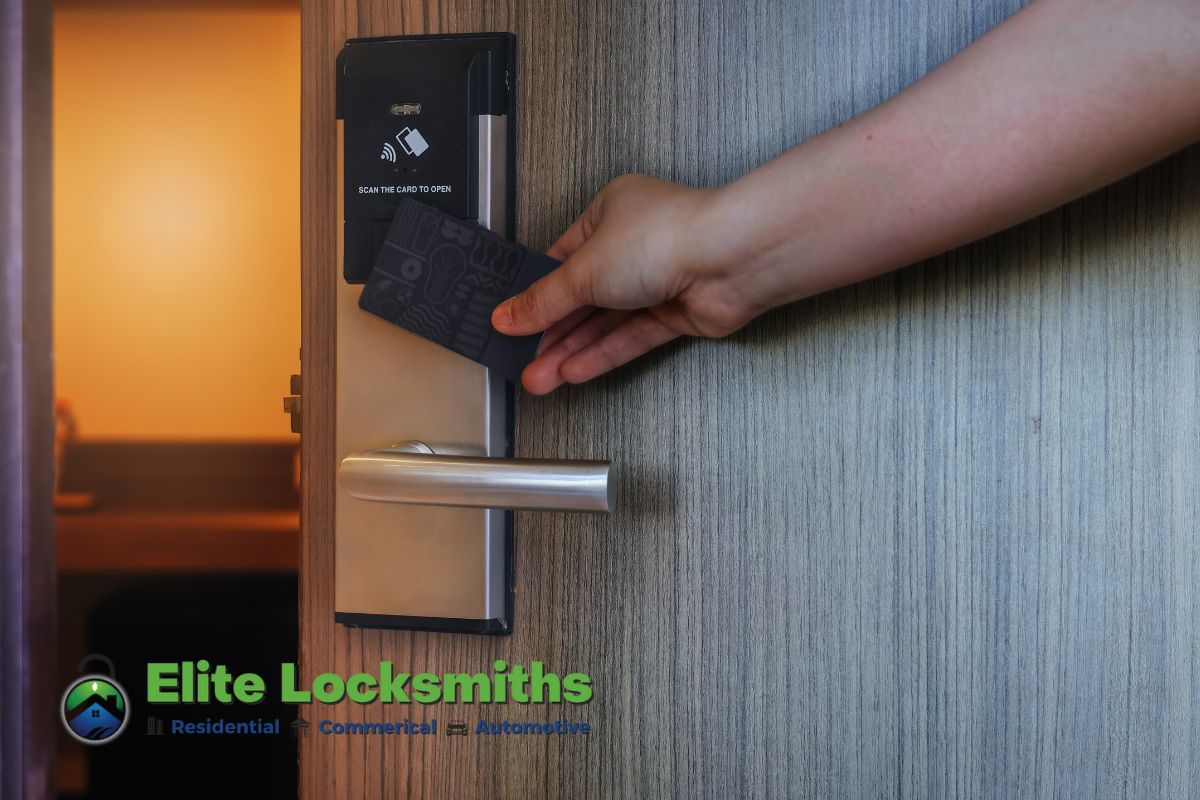The importance of a key is often overlooked, despite its importance in everyday life. We depend on these simple, everyday goods to protect ourselves, our loved ones, and our possessions. Many distinct sorts of keys are available, each with a specific function.
For your convenience, we’ve outlined some of the most typical uses for keys, the fundamental parts of a key, and the many different types of house keys available to you.
Types Of Home Locks
Keys for the home may come in a wide range, but we’re most likely just acquainted with a single kind. These are a few of the options:
-
Mechanically Cut Keys
Older autos and doors in houses and businesses are popular places to find mechanically cut keys. A ridged pattern connects to the proper lock when they’re sliced on one end alone. Die-cast or carved keys get their name from the mechanical cutting machines that make them.
A significant drawback of mechanical cut keys is that they are the most easily replicated and do not provide much security. Duplicates are easy to create at a hardware store or self-service key cutter because of their basic design. As a result, these keys are both inexpensive and simple to make.
-
Four-sided Key
This is by far the most common kind of key to be found in homes. They may be identified by the two or four sets of teeth on the opposing sides of the blade. For the best protection, go for the four-sided option. Because of their rarity and difficulty in duplicating, these items are unlikely to be targeted by criminals.
The lock to which the key is matched is more difficult to open since it has many teeth. Double and four-sided keys are the way to go if you want to upgrade your mechanically cut home key to something more secure on a budget. You may significantly improve the safety and security of your home with very little money and effort.
-
Dimple Keys
As the name suggests, these keys feature a wide range of dimples on the blade. Two protruding pins in a lock match these dimples. When the dimple key is placed into the lock, it aligns the dimples with the pins, and the lock is then released.
This ensures that dimple keys work regardless of how they are placed into the lock since all sides are similar. Due to this, you don’t have to spend time finding out how to hold the key before inserting it.
The most typical use for these keys is as an additional line of defense against intruders in private residences. Your locks and Apartment Keys can be changed by hiring a locksmith.
-
Abloy Keys
To access disc tumbler locks, Abloy keys are required. After being inserted, the key causes the lock’s discs to spin, and the lock will unlock when the discs are correctly aligned. It’s almost unheard of to find Abloy keys these days. Despite this, they’re a huge hit elsewhere.
-
A Primary Key
When creating security, the main key is the essential kind of key, as the name indicates. The primary key can unlock all locks, even if multiple keys match specific locks.
Keys to individual offices are common, and managers often keep the master key to ensure that, in the case of an emergency, all rooms in the building may be accessed. When it comes to apartment complexes, though, primary keys are more common.
-
Skeleton Keys
It’s common for skeleton keys, or “passkeys,” to be mistaken for primary keys. When it comes to main and skeleton keys, the distinction lies in that primary keys may open many locks. Only warded locks may make use of these keys.
One of the most valuable features of skeleton keys is a serrated, protruding component at the blade’s tip. Most warded locks are no longer in use since they are simple to pick up and offer insufficient protection. As a consequence, the number of skeleton locks has decreased.
-
Magnetic Keys
The magnets in a magnetic key allow the tumblers in a lock to line up appropriately and release based on the size and orientation of the magnets. Because these keys utilize passive mechanics, no electronics are needed.
Several types of locks, including lever locks, deadbolts, and cylinder locks, use magnetic keys.
Bottom Line
The only physical keys we use consistently if we’re being honest, are three of the many key types we utilize daily. Have three: a personal, a vehicle, and a postal box.
It’s not just three main sorts. Our goal is that reading about the various sorts of keys described above has given you a better understanding of which keys you may utilize on your keyboard.




